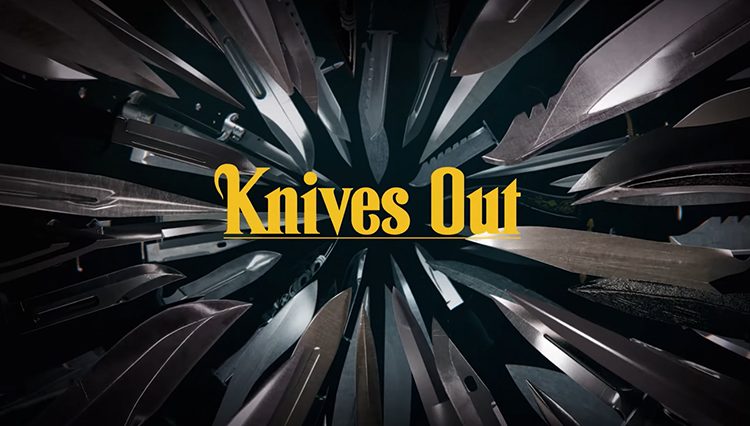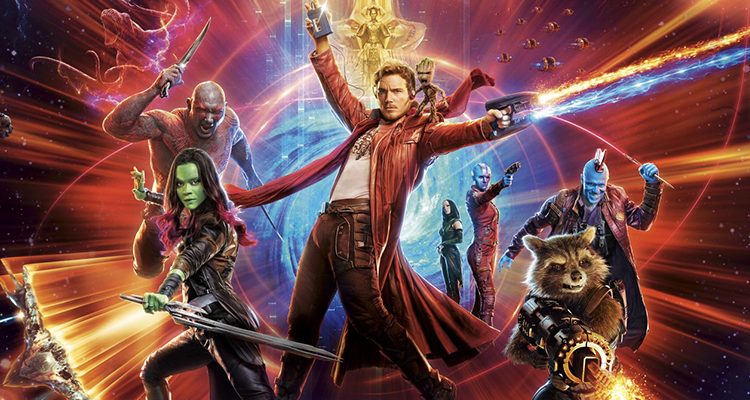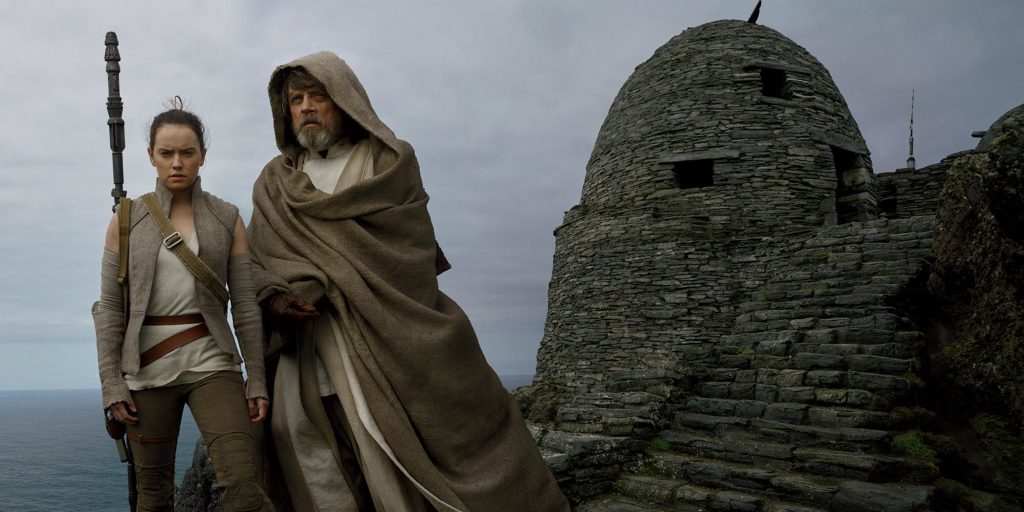 Injecting new life in a franchise that lends credence to the initial Skywalker saga, and the introduction of new characters is a challenge no sane scribe would be willing to rein. Director and writer Rian Johnson crafted a well-plotted middle chapter in a saga that bridges the opening and closing of the latest trilogy, masterfully retaining the aspirations of fanboys, and capturing the spirit of hope. In Stars Wars: Rogue One, the challenge was to feature Darth Vader – one of the baddest villains in cinematic history – without blemishing the reputation he established two decades prior. The producers and director maintained that status quo perfectly, albeit minimal screen time. This time the challenge was to feature Mark Hamill as Luke Skywalker – the man who has to live up to the legend.
Injecting new life in a franchise that lends credence to the initial Skywalker saga, and the introduction of new characters is a challenge no sane scribe would be willing to rein. Director and writer Rian Johnson crafted a well-plotted middle chapter in a saga that bridges the opening and closing of the latest trilogy, masterfully retaining the aspirations of fanboys, and capturing the spirit of hope. In Stars Wars: Rogue One, the challenge was to feature Darth Vader – one of the baddest villains in cinematic history – without blemishing the reputation he established two decades prior. The producers and director maintained that status quo perfectly, albeit minimal screen time. This time the challenge was to feature Mark Hamill as Luke Skywalker – the man who has to live up to the legend.
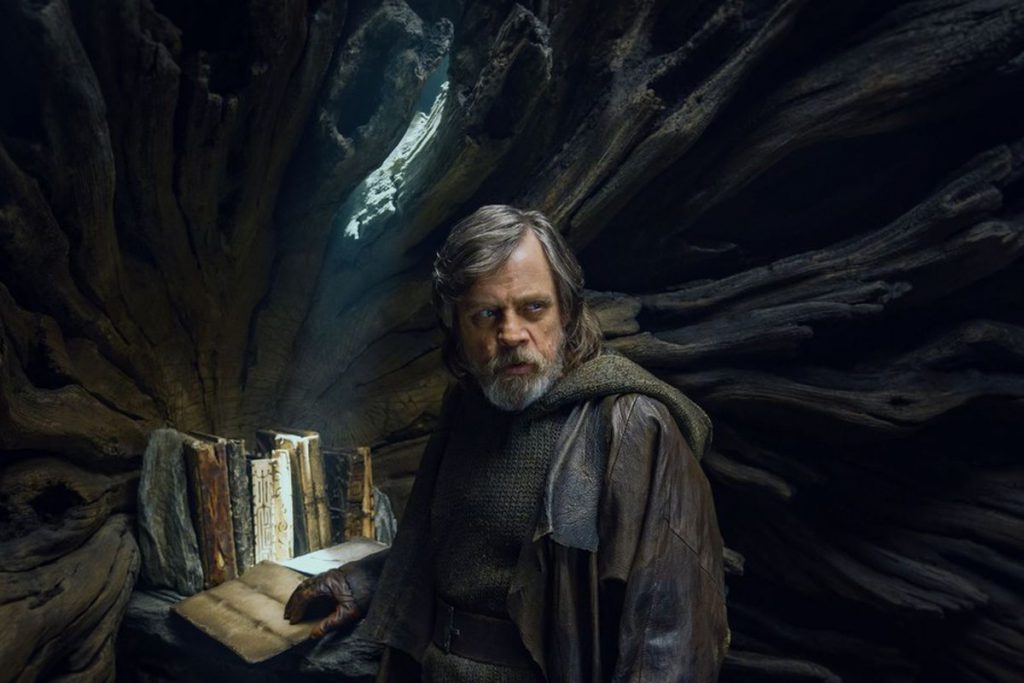 The Walt Disney Company, owners, and producers of the Star Wars franchise, will break open the bottle with an opening weekend box office record (certainly one of the three highest in cinema history) but one has to question whether Mark Hamill reprising his role of Luke Skywalker was the primary reason fanboys purchased tickets in advance. After reading the script for the film, the actor told the director, “I fundamentally disagree with every choice you’ve made for this character. Now, having said that, I have gotten it off my chest and my job now is to take what you’ve created and do my best to realize your vision.” The finished product comes off beautifully with a Luke Skywalker that had since become a legend among the Resistance… and rides to the rescue towards the end when all hope seems lost.
The Walt Disney Company, owners, and producers of the Star Wars franchise, will break open the bottle with an opening weekend box office record (certainly one of the three highest in cinema history) but one has to question whether Mark Hamill reprising his role of Luke Skywalker was the primary reason fanboys purchased tickets in advance. After reading the script for the film, the actor told the director, “I fundamentally disagree with every choice you’ve made for this character. Now, having said that, I have gotten it off my chest and my job now is to take what you’ve created and do my best to realize your vision.” The finished product comes off beautifully with a Luke Skywalker that had since become a legend among the Resistance… and rides to the rescue towards the end when all hope seems lost.
As a middle chapter in a trilogy, the story is simplistic and underplayed. Rey spends most of the film developing her newly-discovered abilities with the guidance of Luke Skywalker, who is unsettled by the strength of her powers. Skywalker hides a secret – an academic reason why he does not want to train the potential Jedi. Meanwhile, the Resistance is trying to survive amongst a growing threat from the First Order, who has the advantage and succeeds in hunting down and murdering the few remaining members of the Resistance. The good guys are in retreat and on the defense. Besides good vs. evil, mature themes include the importance and lessons of failure, heroes can come from diverse backgrounds, and as Kelly Marie Tran remarks, “This is how we will win the war… not by killing those we hate, but by saving those we love.”
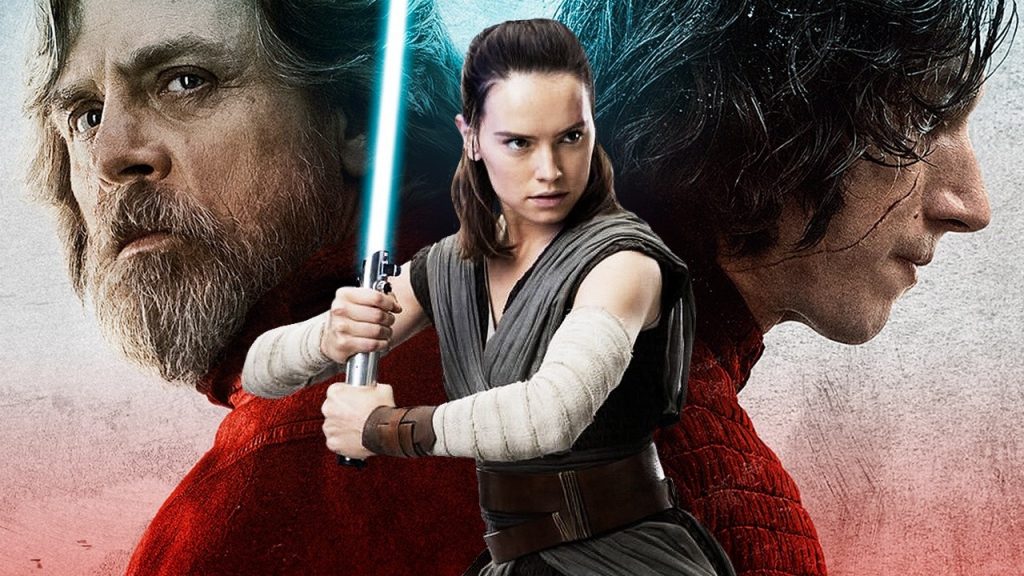 As with any franchise produced by the Walt Disney Company, costume changes were necessary for a holiday onslaught of action figures, new creatures (referred to as Porgs) were added to the fold for an attempt to sell more toys ala Ewoks, and notes of comedy were sprinkled throughout that better fits with those Marvel entries. The latter may be the only flaw in the movie because it does not fit within the Star Wars mold.
As with any franchise produced by the Walt Disney Company, costume changes were necessary for a holiday onslaught of action figures, new creatures (referred to as Porgs) were added to the fold for an attempt to sell more toys ala Ewoks, and notes of comedy were sprinkled throughout that better fits with those Marvel entries. The latter may be the only flaw in the movie because it does not fit within the Star Wars mold.
Carrie Fisher’s scenes as General Leia Organa were completed before her untimely death a year ago, many written by Fisher herself. An accomplished script doctor for other films, Fisher’s involvement was so important that the director felt it would have been sacrilege to delete any of the scenes. As a result, none of her scenes were cut from the final print. Which might partially explain why the film runs 152 minutes – the longest entry in the Star Wars franchise. There is no post-credits sequence after the movie but if you want to remain seated for 60 seconds when the closing credits begin, an on-screen tribute to Fisher is evident.
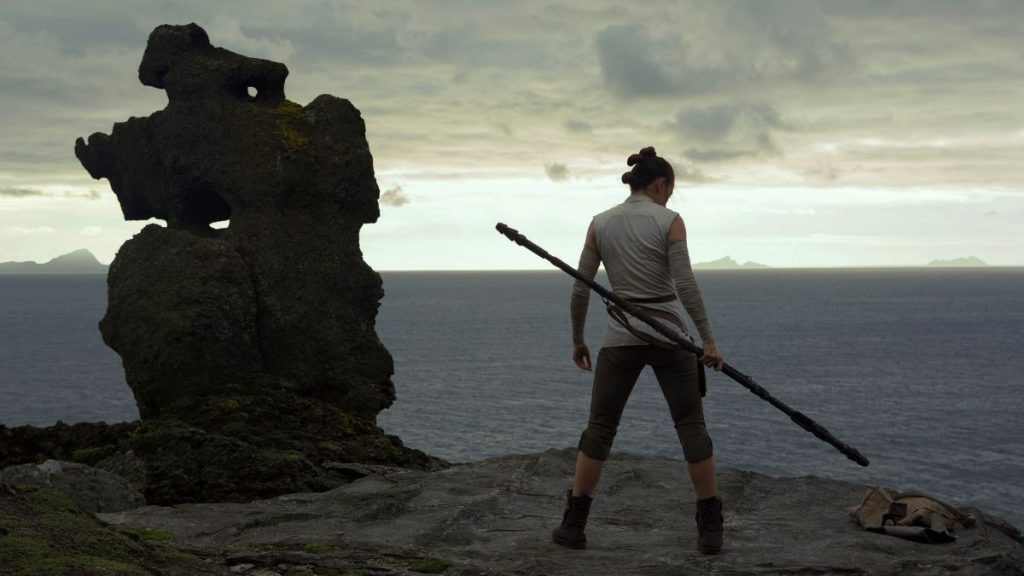 Added to the cast is Benicio Del Toro who plays the role of a hobo hacker named DJ, the initials of actor James Dean spelled backward. An obvious impersonation of James Dean from Giant (1956), complete with James Dean hairstyle, Del Toro assumes the next generation Boba Fett who is willing to sell anyone out for a larger cut in pay. Like Johnny Depp before him, Del Toro applied nothing new to his trade – he simply impersonated a screen icon.
Added to the cast is Benicio Del Toro who plays the role of a hobo hacker named DJ, the initials of actor James Dean spelled backward. An obvious impersonation of James Dean from Giant (1956), complete with James Dean hairstyle, Del Toro assumes the next generation Boba Fett who is willing to sell anyone out for a larger cut in pay. Like Johnny Depp before him, Del Toro applied nothing new to his trade – he simply impersonated a screen icon.
Rian Johnson’s direction was average but take that as a compliment. Filmmakers today come from an era of videotape and forget that hand-held cameras and quick cuts is not direction. Very few (Spielberg, Tarantino, Eastwood, etc.) have that rare talent of telling a story through the lens without confusing the viewer. The digital technology means nothing if you cannot follow what happens on the screen. Johnson took inspiration from Twelve O’Clock High (1949), The Bridge on the River Kwai (1957) and Three Outlaw Samurai (1964), among others, and arranged screenings for the crew prior to production to understand how specific scenes would be shot. From Samurai battles ala lightsaber duels, World War II combat flying ala X-wing flights, to the table-jumping casino scene replicated from the silent classic Wings (1927), the shots were both simplistic and easy to follow.
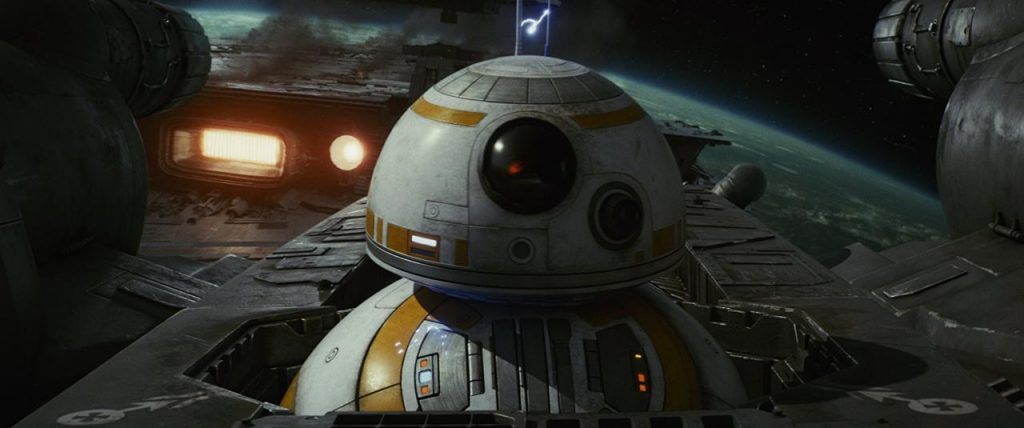 All of which comes off beautifully and the daily rushes must have impressed the decision makers at Disney; months before post-production on The Last Jedi was completed, the director was offered a chance to direct his own Star Wars trilogy. Considering Johnson’s major claim to fame prior was helming three episodes of AMC’s Breaking Bad, Disney took a chance on a newcomer who exceeded expectations.
All of which comes off beautifully and the daily rushes must have impressed the decision makers at Disney; months before post-production on The Last Jedi was completed, the director was offered a chance to direct his own Star Wars trilogy. Considering Johnson’s major claim to fame prior was helming three episodes of AMC’s Breaking Bad, Disney took a chance on a newcomer who exceeded expectations.
Whether The Last Jedi lives up to your expectations is subjective. A mediocre script comes off above average with good direction – not vice versa. But during the screening we witnessed fanboys cheering from two scenes, one dominated by actress Laura Dern (she made a bold David and Goliath move in a galactic battle against the First Order) and no better words could describe The Last Jedi when one woman in the back row remarked, “Now that is bad ass.”


